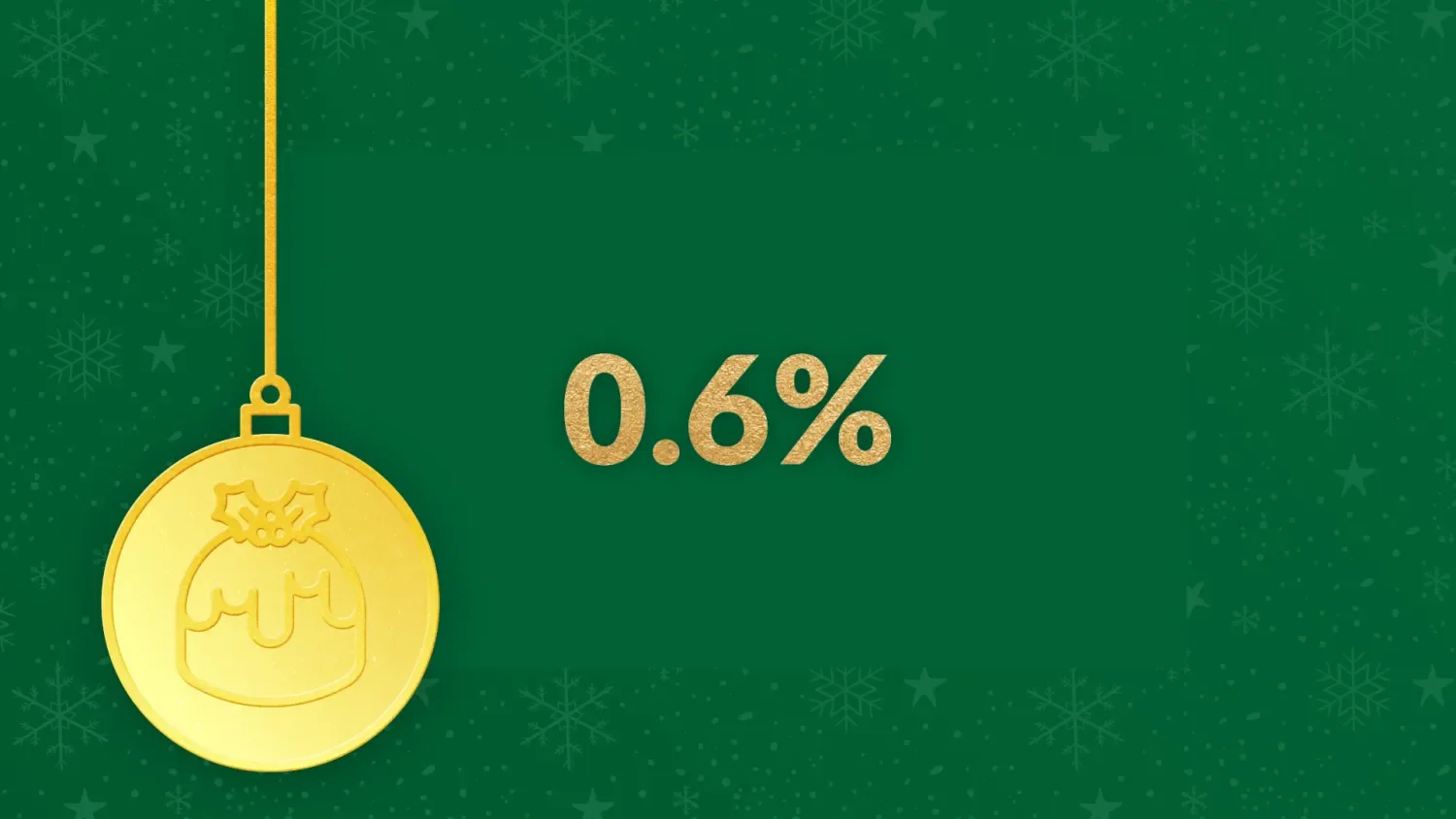1
Goldman Sachs revises its projection for European growth in 2023 from -0.1% to 0.6% on January 10, joining a chorus of Wall Street analysts abandoning bearish calls on the region after a mild winter helps to reduce energy prices.

Goldman Sachs revises its projection for European growth in 2023 from -0.1% to 0.6% on January 10, joining a chorus of Wall Street analysts abandoning bearish calls on the region after a mild winter helps to reduce energy prices.

European borrowers print a record €280bn of new bonds in January as they look to capitalise on lower borrowing costs driven by the region’s improved economic outlook and the general market rally.

US Treasury yields jump as US non-farm payrolls data on February 3 shows the US economy added 517k jobs in January, smashing the 190k estimate and boosting the case for more hawkish policy from the Fed.

The market’s projection for where the Fed Funds rate will be come January 2024 hits a new high of 4.92% in mid-February, after US CPI data shows disinflation slowing and prompts some investors to price in more rate hikes from the Fed.

SVB becomes the second-largest bank failure in US history following the 2008 collapse of Washington Mutual. The ailing lender was taken over by the Federal Deposit Insurance Corporation in March and, according to regulators, had assets of $209bn.

Holders of €16.5bn of Credit Suisse’s additional tier one (AT1) bonds have their holdings wiped out in March as part of the surprise and seismic takeover of the bank by UBS. UBS successfully raised $3.5bn of AT1 bonds in November, which was labelled a ‘cathartic’ moment for the sector.

US inflation falls to its lowest level in nearly two years, with the consumer price index rising by 5% year on year, according to figures from the Bureau of Labor Statistics released in April. US President Joe Biden says the report showed “continued progress” in the battle against high prices.

House prices in the EU experienced their first quarterly fall since 2015. According to data from Eurostat, the EU’s statistics office, published in April, house prices dropped 1.5%, with the biggest falls coming in Denmark and Germany.

Federal Reserve officials deliver their 10th consecutive rate rise, upping the federal funds rate to a target range of 5-5.25% in May, the highest since mid-2007. Fed chair Jerome Powell says “a decision on a pause was not made today”.

Fears about the German economy resurface as factory output falls 3.4%, according to figures published in May. The drop prompts economists to warn that Europe’s largest economy is likely to slide into a recession.

The S&P 500 jumps 6.5% in June, largely due to the performance of the technology sector as excitement around harnessing the benefits of artificial intelligence continues to capture the imagination of investors.

Data from July shows gross domestic product in China grew 0.8 per cent in the second quarter, compared to the previous three months. The growth was more than expected but well down on the 2.2 per cent expansion in the first quarter.

The US yield curve — which measures the difference between two- and 10-year Treasury yields — reaches a three-month low of 97 basis points in June. It comes after the Federal Reserve signals its willingness to raise interest rates another two notches before the end of the year.

Thames Water is fined £3.3m in July after dumping millions of litres of undiluted sewage into two rivers, killing more than 1,400 fish. The move leaves investors reconsidering their view of the water company’s four green bonds.

The Bank of England tells the market in August that it no longer expects a recession but warns that the economy will remain near stagnation for the next two years. It comes after gross domestic product was 0.2 per cent higher in the second quarter.

US jobs growth slowed more than forecast in August, with the economy adding 187,000 new non-farm jobs, compared with estimates of 200,000.

German inflation falls to its lowest level for two years, raising hopes that the European Central Bank has come to the end of its rate-hiking cycle. Consumer prices in Germany fell from 6.4 per cent in August to 4.3 per cent in September.

The Federal Reserve holds interest rates steady at a 5.25-5.50% target range in September, following 10 consecutive rate rises. The Fed suggests it expects one more hike before the end of the year and fewer cuts than previously expected for 2024.

The share of the working-age population in employment in the OECD’s 38 member countries jumped above 70 per cent for the first time, according to figures published in October. The OECD has been collecting employment data since 2005.

The European Central Bank follows the Fed and in October pauses its rate hikes, leaving the headline rate at 4%. The decision was expected after inflation within the trading bloc falls significantly.

US inflation falls more than expected to 3.2 per cent, according to figures published in November. It is the first decline in four months, causing treasury yields to fall and US stocks to jump. Inflation dropped from 3.7% in the previous month.

UK house prices suffer their first annual decline in more than a decade, according to official data published in November. The average price for a property decreased by 0.1 per cent, figures from the Office for National Statistics show. It is the first year-on-year drop since April 2012.

Moody’s, the rating agency, said on December 5 that it expects GDP growth in China to slow to 3.5% by 2030 as a result of “weaker demographics”, and subsequently downgraded its outlook for Chinese sovereign bonds from stable to negative.

Inflation in the world’s richest economies fell to its lowest rate in two years, according to data published on December 5. The annual rate of consumer price growth among the OECD nations dropped to 5.6%.
Stay up to date with our latest blogs and market insights delivered direct to your inbox.